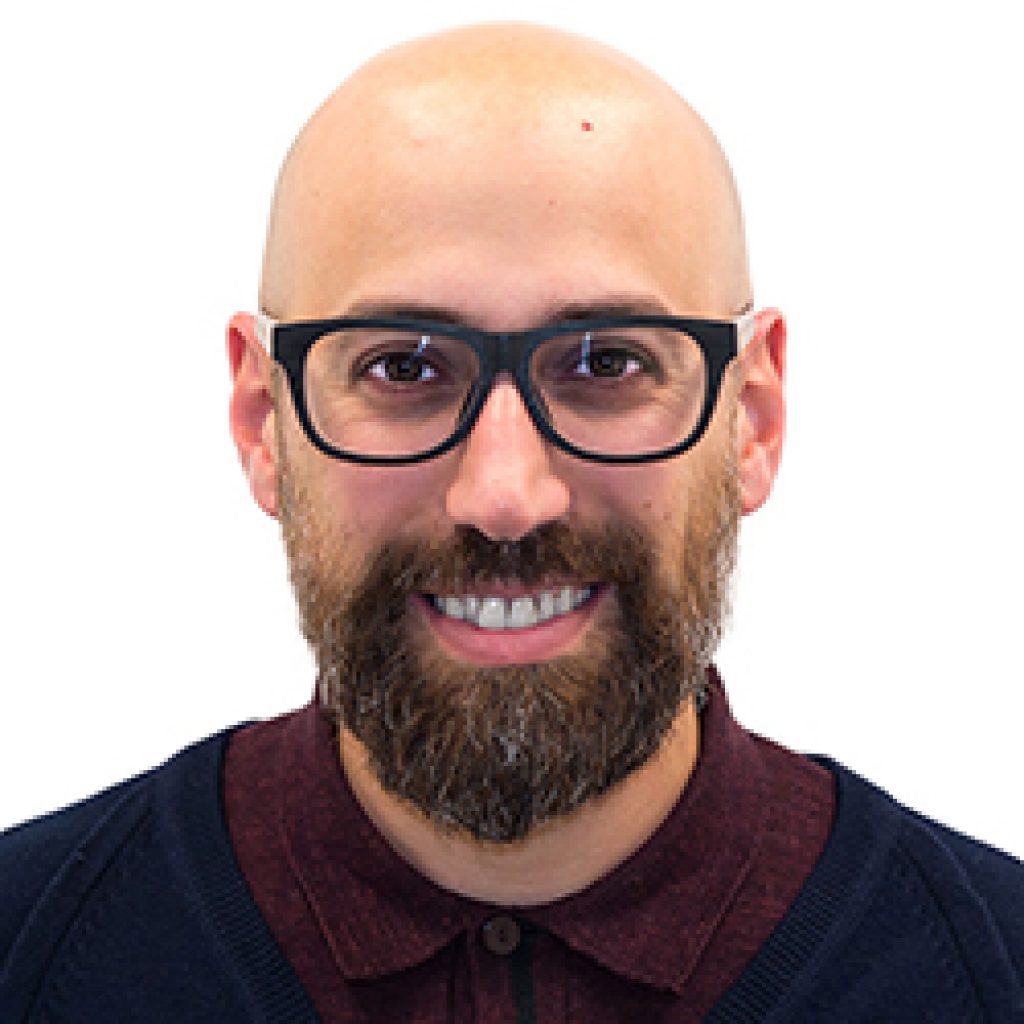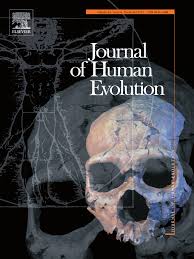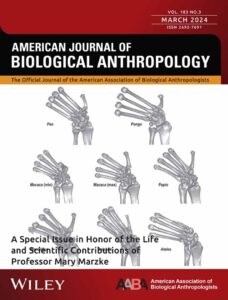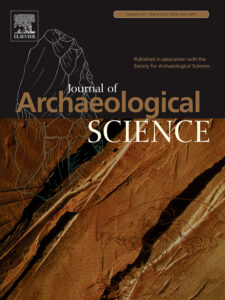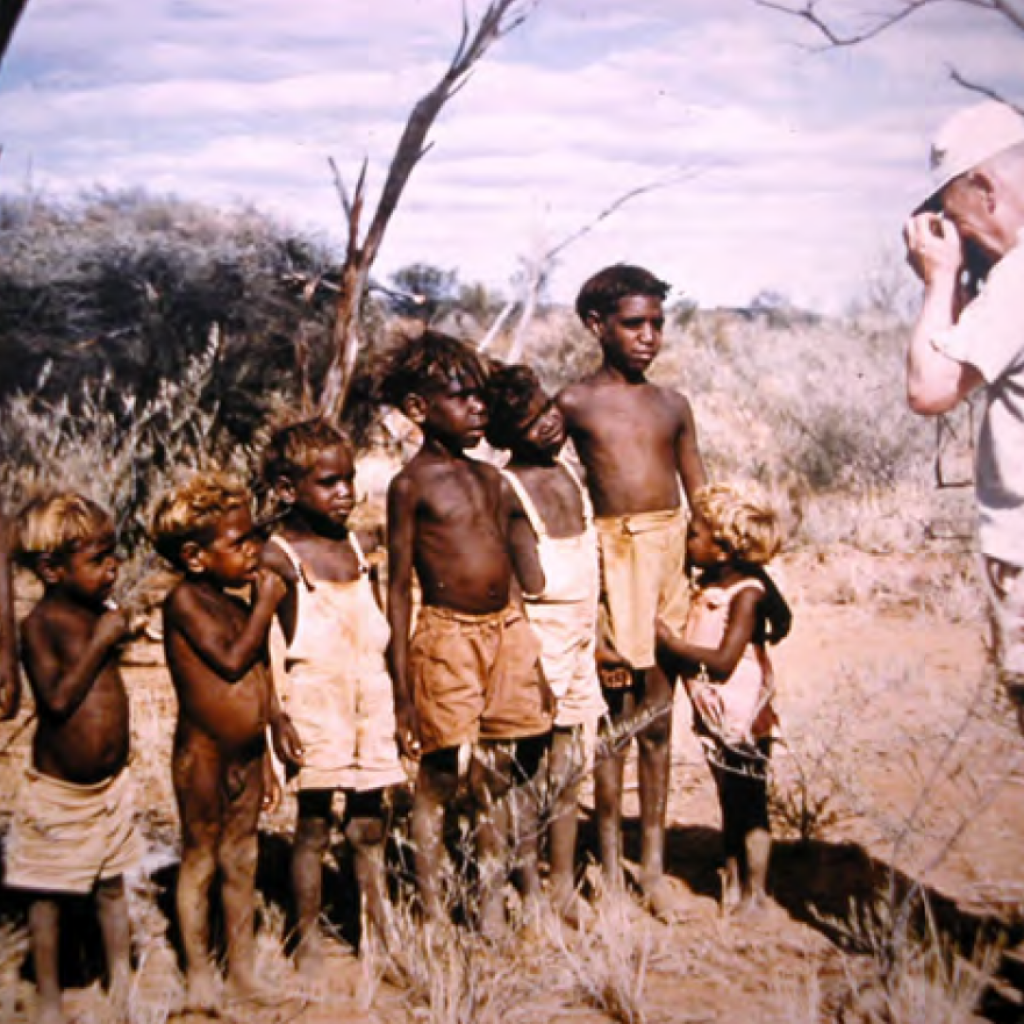
Between 1951 and 1971 dental anthropologists from the University of Adelaide annually examined the dentition of Australian Aboriginal children and young adults from Yuendumu (Northern Territory). Nowadays, this collection consists of measurements, radiographs, family data, and more importantly, of 1717 sets of dental casts representing 446 individuals, that were produced mixing impression powder and dental stone material. This indigenous population was at an early stage of transition from a nomadic and hunter-gatherer way of life to a more settled existence, with limited contacts with Europeans. The uniqueness of this collection is due to the longitudinal data, where data from the same individuals were collected for almost 20 years. There are no similar collections available around the world, and specifically of populations with a (semi)-nomadic lifestyle such as the Australian aborigines.
My two Honours students, Sarah Fung and Jinyoung (Claire) Lee, visited the collection last week, that is housed at the School of Dentistry at the University of Adelaide.
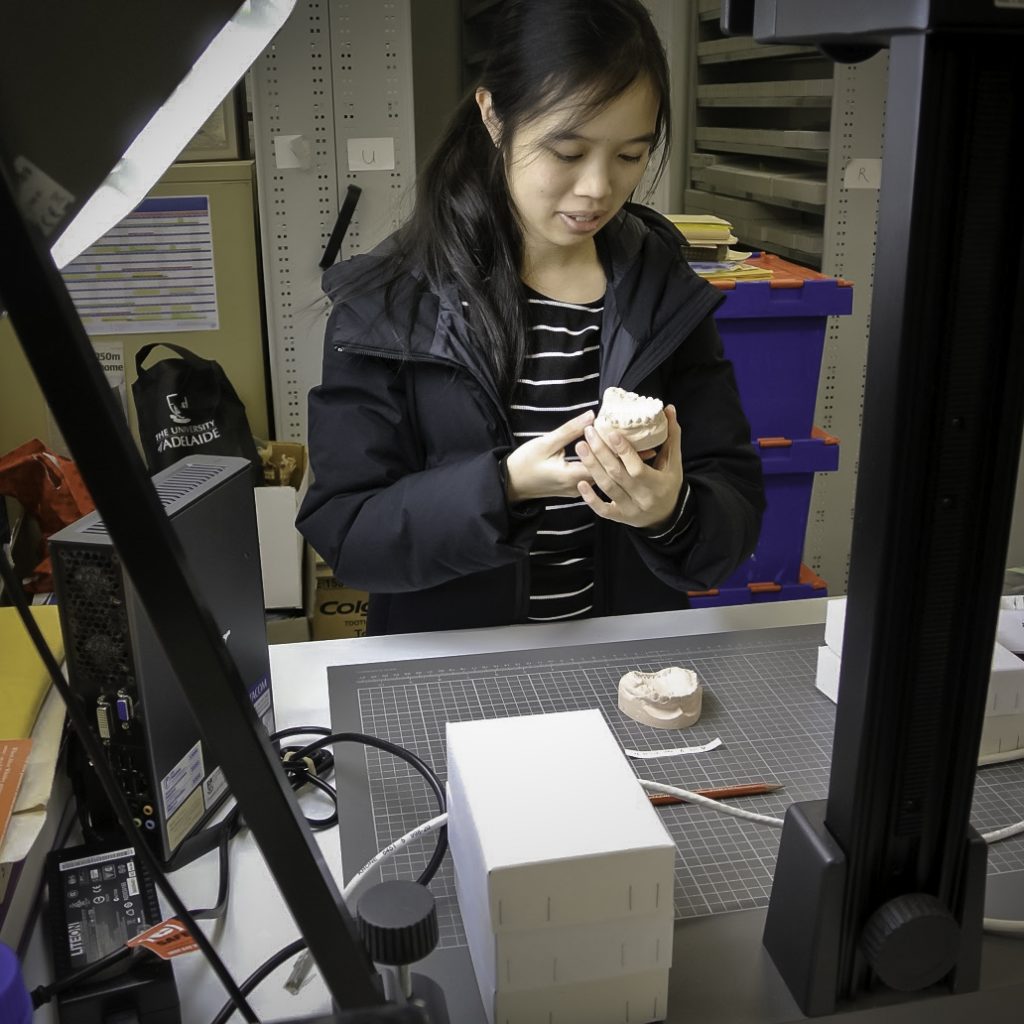
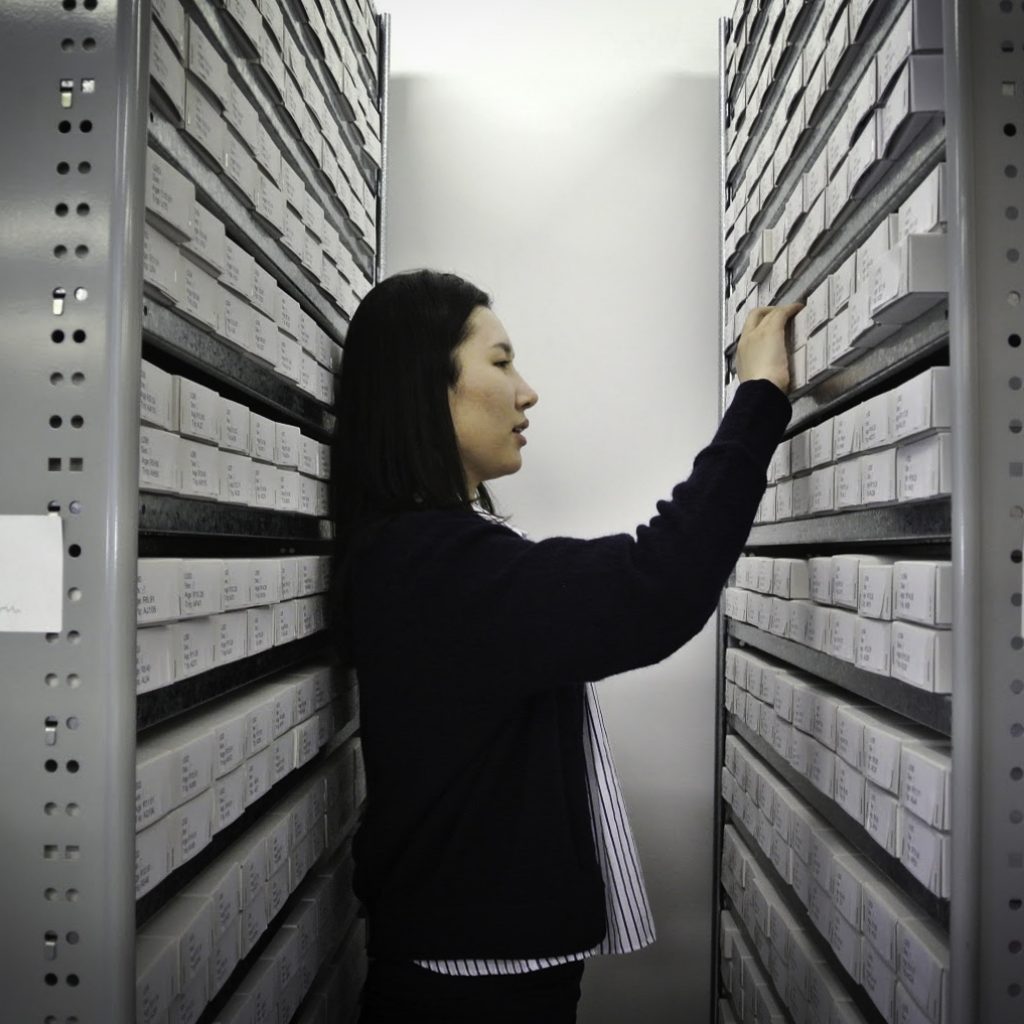
Sarah (first photo) is working on the Carabelli’s trait from a functional and morphological point of view, which is highly expressed in Australian Aboriginal dentition. Claire (second photo) is instead working on mapping and examining occlusal wear facets through different developmental stages of the same individual. Both studies are unique and never done before, and I am pretty sure will represent an important contribution for a better understanding of the relationships between dental architecture, wear, food and culture.

